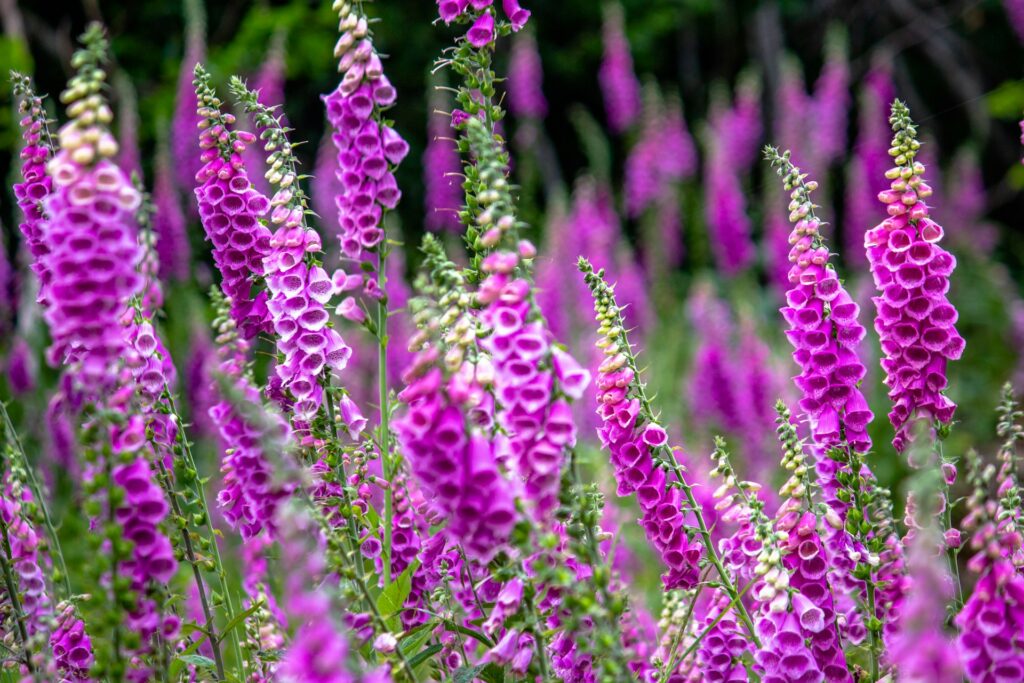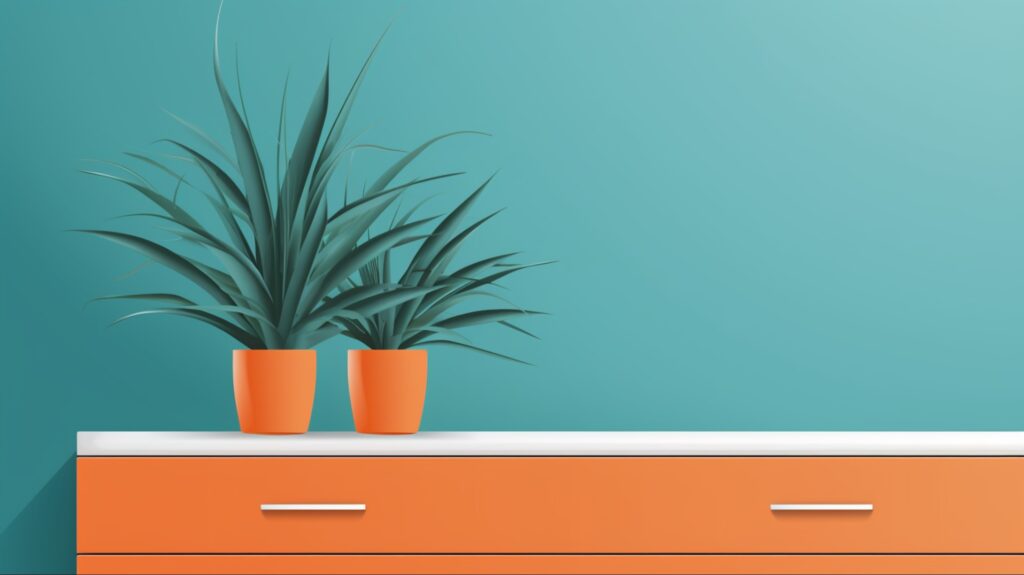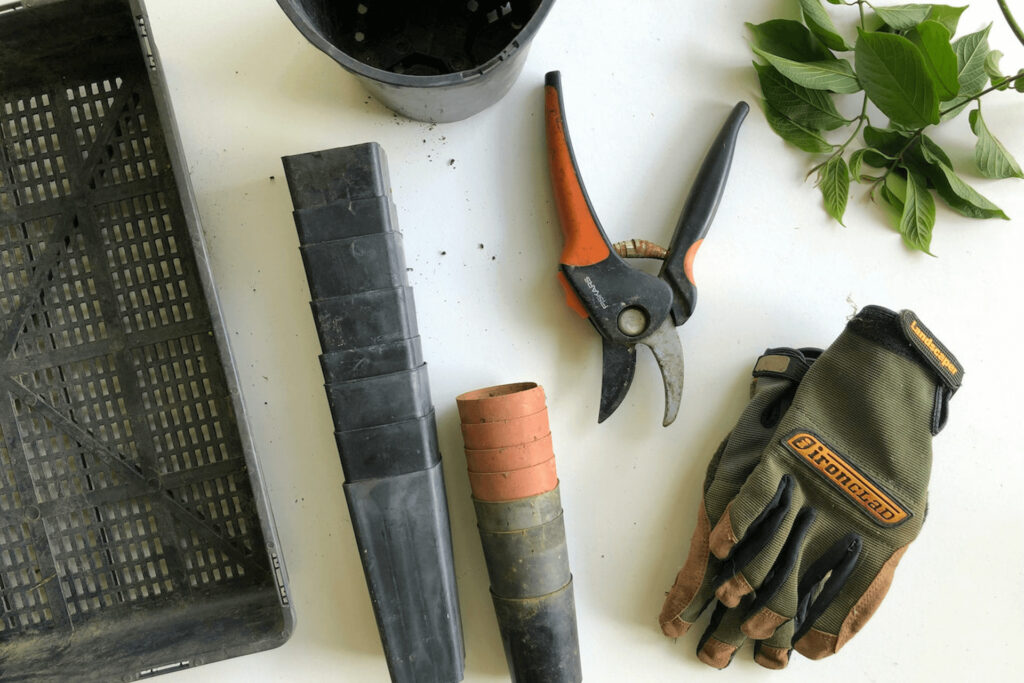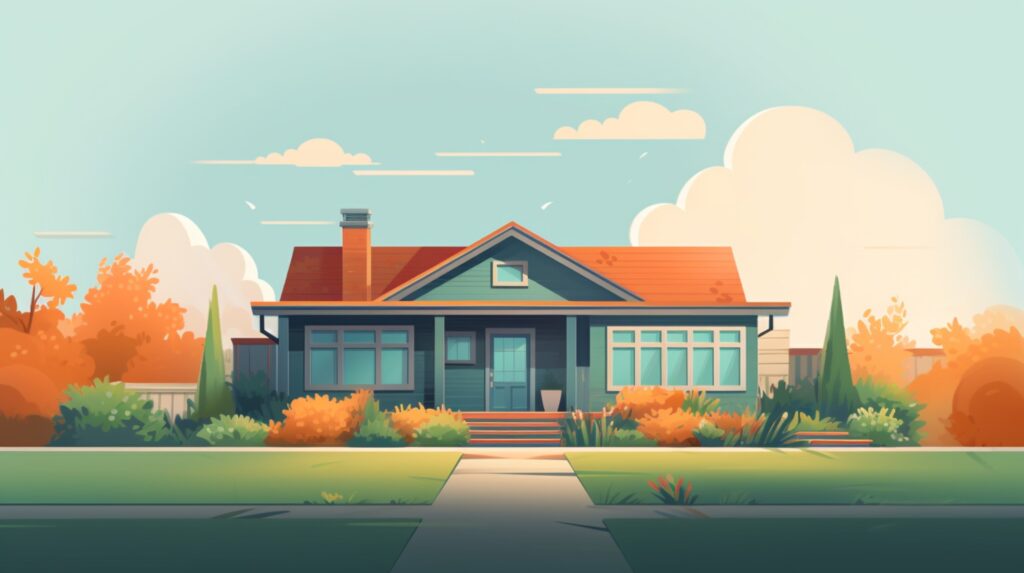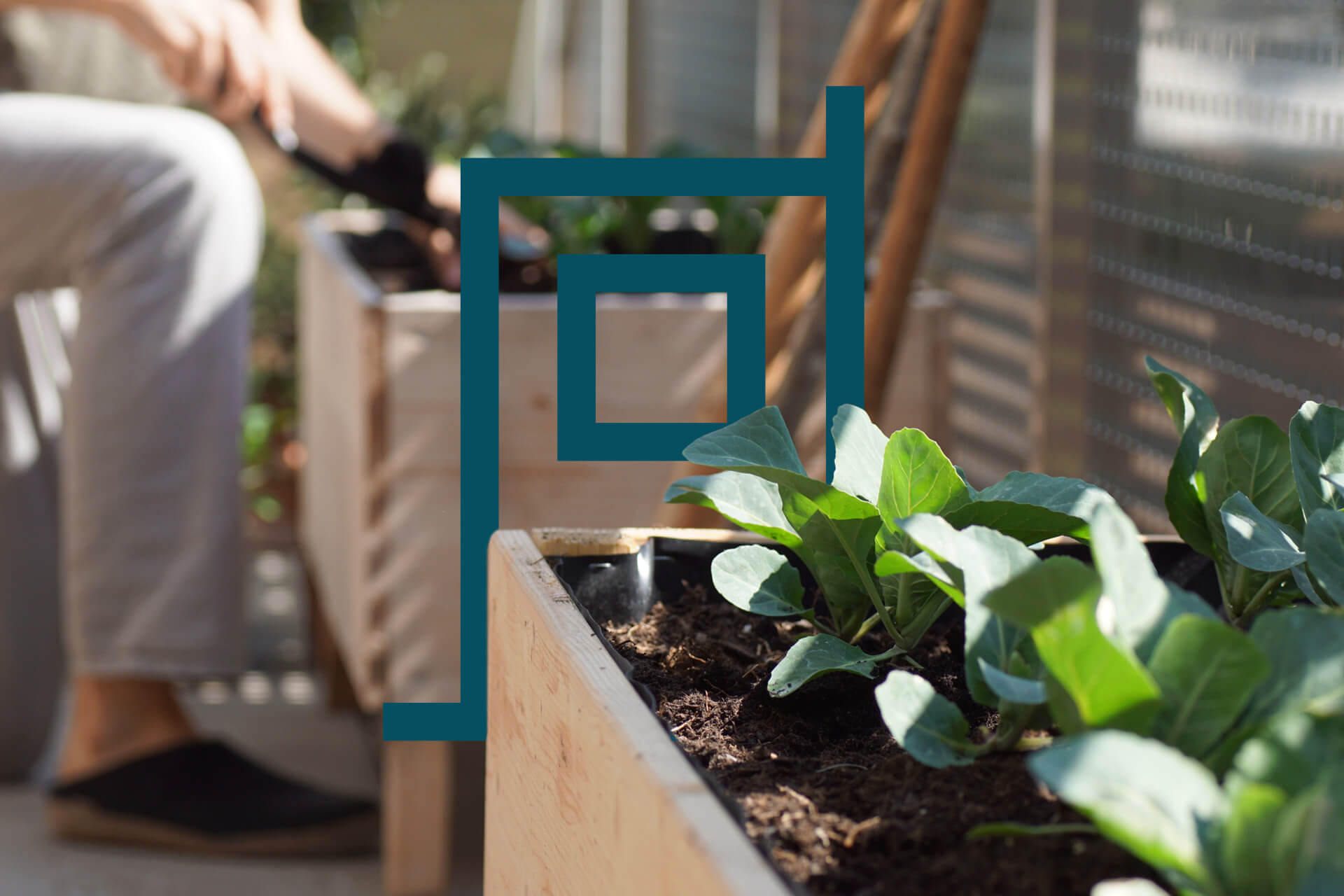
We are reader-supported. When you buy through links on our site, we may earn an affiliate commission.
Avid gardeners may dream of owning a wide-open property filled with elaborate, magazine-worthy garden beds of vibrant, fragrant botanicals. However, for some of us, gardening often entails coming up with design solutions for tight spaces first. That’s not to say growing flowers, fruits and vegetables in a small yard is impossible. In fact, these five tips for gardening in small spaces that can help you maximize limited yard space to create a stunning garden.
1. Create a Garden Blueprint
You may feel tempted to dive right into planting, but when you only have a small area to work with, creating a blueprint for yourself ahead of time is highly recommended.
Is the soil healthy? Does the space receive enough sunlight? How efficient is the drainage? These are the three most essential conditions for successful plant growth.
Another important consideration is the size of the plot. Let’s say you’ve measured a 100-square-foot-garden. That’s plenty of room to grow several different plants. Zoning your garden into four separate beds lets you easily maintain your flowers and vegetables without stepping over them.
The planning stage is also ideal for deciding what you intend to grow. Perhaps you’ve been interested in harvesting tomatoes or bell peppers. You might also want to think about adding native plants that are adapted to your region’s climate and soil. Native gardens tend to prosper with less irrigation and fewer pesticides and fertilizers.
Do some research on the native plants best suited for your geography and map out where you intend to place each one.
2. Custom Fit a Garden Box for the Space
Raised beds are appealing, but if your small space is somewhat awkwardly shaped, you may need to build a custom garden box to fit it.
While this project may sound challenging, constructing a garden box is relatively simple, cost-effective and efficient. For example, raised garden boxes prevent erosion, weed growth and soil compaction. They’ll also help you maintain unruly plants that may overflow into the rest of your yard.
Renters may also want to incorporate custom garden boxes on their apartment balconies, allowing them to enjoy the act of gardening without access to a yard.
Although there are several materials you can use to create a custom garden box, untreated cedar wood lasts nearly 15 years and is the most durable and rot-resistant option.
3. Garden Vertically
A thriving garden tends to grow outward; however, you might want to consider growing vegetation vertically in a small space.
Make use of pots and stakes, trellises and hanging pots. Fences are also perfect for containing vining plants that overtake your garden if left alone to sprawl.
There are many produce plants you can grow upward to save precious space in your garden, including the following:
- Cucumbers
- Tomatoes
- Beans and Peas
- Zucchini
- Butternut Squash
- Pumpkins
- Smaller varieties of cantaloupe and watermelon
Another significant benefit of growing fruits and vegetables vertically is preventing fungal diseases and pest infestations that may harm you if eaten or cause rotting.
Larger, heavier plants — pumpkins, watermelons, cantaloupes and spaghetti squash — may also require ties to ensure they grow in the right direction, as well as netting or slings to prevent the fruit from breaking off before they’re ripe. Consider buying a 100-pack of reusable Evealyn Watermelon Nets for extra support.
4. Use Your Patio
Your patio may be the perfect location to start an herb garden. Herbs can grow indoors or outdoors and in pots, hanging baskets and on the ground.
Thankfully, herbs don’t take up a lot of space — meaning you can save room in your yard for planting additional flowers and produce. You can also use herbs for medicinal purposes, crafts and cooking. Popular herbs to grow on your patio might include:
- Basil
- Cilantro
- Oregano
- Parsley
- Thyme
- Rosemary
- Mint
- Lemon balm
Herbs must receive five to six hours of direct sunlight every day, so set up your patio garden where the sun shines brightest. Also, remember to use pots with adequate drainage to prevent drowning the plants.
5. Plant Companions
With a small garden, maximizing the space with various vegetables and flowers becomes a priority. To accomplish this, you’ll want to grow companion plants as opposed to competitors for the following reasons:
- Reduce root-depth competition to ensure room for plants to flourish
- Allow complementary plants to pull nutrients from different parts of the soil
- Provide physical support to plants that would otherwise require a trellis or stake
- Attract pollinators and insects that promote plant growth while also reducing pest populations
Beginners may need to research the best companion plants for a small patch of land. Even those with a green thumb will find it helpful to review the many combinations of vegetables, herbs and flowers that grow well together.
Refer to a companion planting chart to plan your small garden and make the most of limited space.
Follow these Tips For Gardening in Small Spaces
Your garden may not compete with some of the world’s most renowned botanical designs, but you can still harvest a beautiful display. These five tips for gardening in small spaces can help you construct a successful arrangement of flowers and vegetables that last you the entire growing season.





